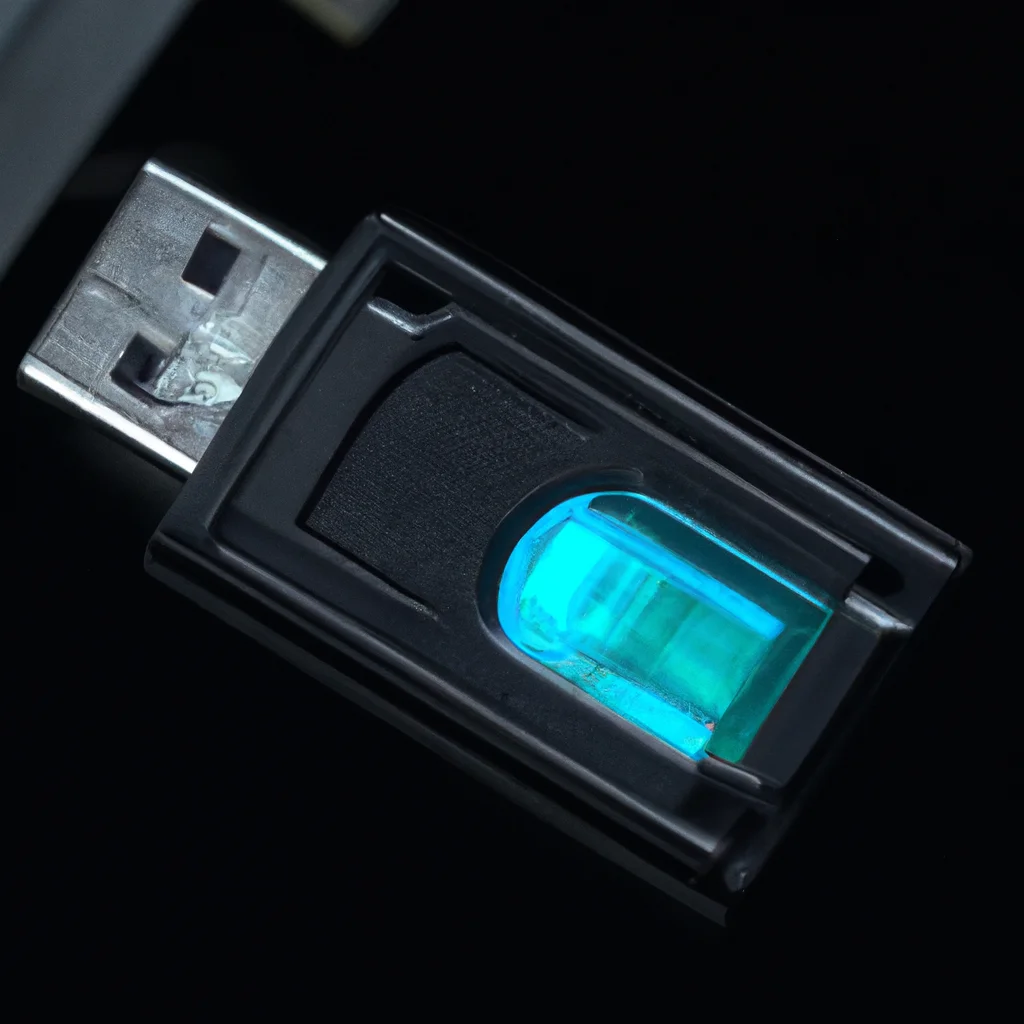How does a USB flash drive work?


How does a USB flash drive work?
In today’s digital age, USB flash drives have become an essential tool for data storage and transfer. Commonly known as flash drives, USB storage, or memory sticks, these portable storage devices have revolutionized the way we store and share information. But how do they work? In this article, we will take a closer look at USB flash drives and uncover the technology behind them.
What is a USB Flash Drive?
A USB flash drive is a small, lightweight, and portable storage device that uses flash memory to store data. Flash memory is a type of non-volatile memory that can retain data even when there is no power supply. A USB flash drive typically comes in a plastic or metal casing with a USB connector at one end. The USB connector is used to connect the flash drive to a USB port on a computer or other USB-enabled device.
How Does a USB Flash Drive Work?
A USB flash drive works by using USB technology to transfer data between the flash drive and the computer. When you plug a USB flash drive into a USB port on your computer, the computer recognizes it as a USB device and loads the necessary drivers to communicate with it. The flash drive then appears as a removable storage device in My Computer or File Explorer.
The USB flash drive uses a controller chip to manage the data transfer between the flash memory and the computer. The controller chip acts as an interface between the computer and the flash memory, translating the data into a format that can be read and written by the computer. The controller chip also manages the power supply to the flash memory and controls the data transfer rate.
The flash memory used in a USB flash drive is made up of a grid of cells that can be programmed and erased electronically. Each cell can store a binary digit (0 or 1), and the more cells a flash drive has, the greater the storage capacity. The data transfer rate of a USB flash drive depends on several factors, including the type of flash memory used, the controller chip, and the USB port speed.
USB Ports and Speeds
USB ports come in different versions, and each version has a different maximum data transfer rate. The most common USB port versions are USB 1.0, USB 2.0, USB 3.0, and USB 3.1. USB 1.0 has a maximum transfer speed of 12 Mbps, USB 2.0 has a maximum transfer speed of 480 Mbps, USB 3.0 has a maximum transfer speed of 5 Gbps, and USB 3.1 has a maximum transfer speed of 10 Gbps. It is important to note that the maximum transfer speed is only achievable if both the USB port and the USB device support the same version.
File Systems and Formatting
When you first use a USB flash drive, it may need to be formatted to work with your computer’s file system. The most common file systems are FAT32, NTFS, and exFAT. FAT32 is compatible with most operating systems, but it has a maximum file size limit of 4 GB. NTFS has no file size limit, but it is not compatible with some older operating systems. exFAT is a newer file system that is compatible with both Windows and Mac operating systems and has no file size limit.
Conclusion
In conclusion, a USB flash drive is a small, portable storage device that uses USB technology and flash memory to store and transfer data. The controller chip manages the data transfer between the flash memory and the computer, while the USB port determines the maximum transfer speed. Understanding USB flash drive technology and how it works can help you choose the right flash drive for your storage and transfer needs.
Recent Posts
How do I create an engaging and informative online quiz or assessment?
Creating an engaging and informative online quiz or assessment can be a powerful tool for… Read More
What are the most effective methods for managing and reducing work-related stress in the hospitality industry?
Work-related stress is a common issue in the hospitality industry, where employees often face long… Read More
How can I improve my assertiveness and communication skills in a leadership position?
In a leadership position, assertiveness and effective communication skills are crucial for success. Being able… Read More
What are the key elements of a successful employee recognition and rewards program?
Employee recognition and rewards programs play a crucial role in motivating and engaging employees, as… Read More
How do I effectively manage and respond to customer feedback and reviews?
Customer feedback and online reviews play a crucial role in shaping a company's reputation and… Read More
What are the best strategies for effective time management as a stay-at-home parent?
Effective time management is crucial for stay-at-home parents who juggle multiple responsibilities on a daily… Read More